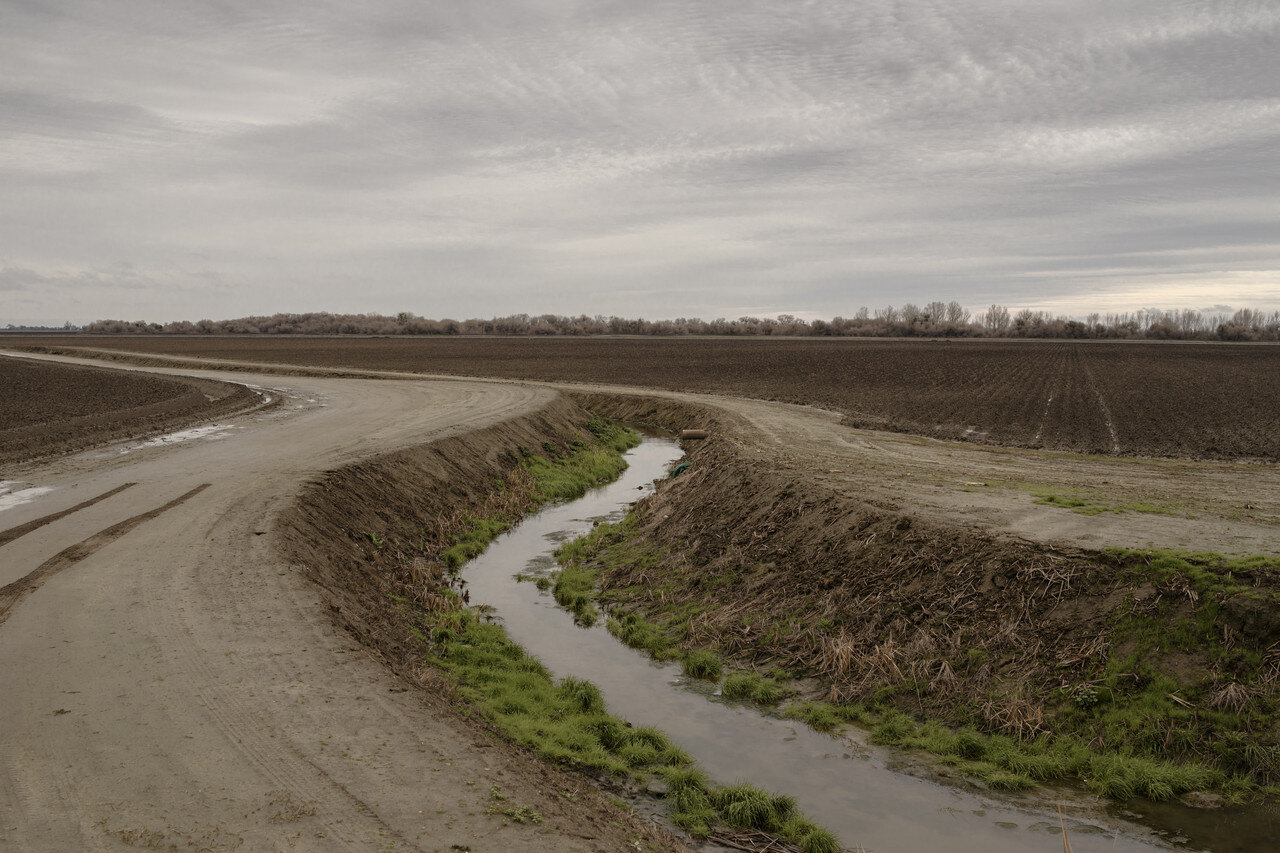Trump’s Trade Policies Worry U.S. Cotton Farmers
By Julie Wernau | Photographs by Mark Mahaney for The Wall Street Journal
There’s nothing more American—and Mexican—than a pair of jeans.
U.S. cotton bales are gathered from Texas to the Carolinas and shipped as fluff, yarn or fabric across the border to Mexico, where they are cut, sewn and pieced together. Around 40% of men’s and boy’s jeans in the U.S. are imported from Mexico, according to the U.S.’s International Trade Administration, and some of the world’s largest denim companies, including Levi Strauss and VF Corp oration, maker of brands Lee and Wrangler, have a presence in Mexico.
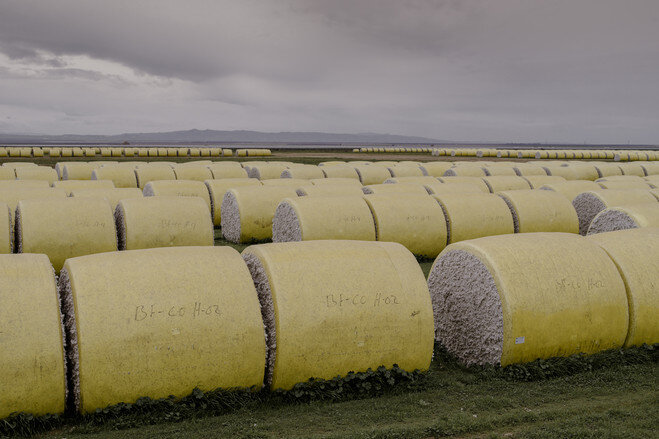
“Mexico is my domestic market,” said Alan Underwood, a cotton trader in Lubbock, Texas. His bales of cotton are driven to the border about five hours away and end up in Mexico City’s textile mills, where they are assembled into apparel. Mr. Underwood said it’s closer and cheaper to ship cotton to Mexico than to much of the U.S.
Cotton is a sector of the U.S. economy that stands to lose under a U.S. government move to snatch back manufacturing jobs from Mexico.

With President Donald Trump’s plans to build a wall at the border, renegotiate the North American Free Trade Agreement and levy a tax on Mexican imports, cotton traders and farmers are increasingly worried their relationship with Mexico will be upended. They fear his policies will hurt prices for one of the country’s historic crops, close factories in Mexico and fail to bring back jobs to the U.S.
“During the last two decades, Mexico has always been among the top three importers of U.S. cotton,” said Wallace Darneille, chairman of Amcot, a trade association representing the interests of producer-owned and managed cotton cooperatives. “This longstanding relationship benefits both countries, as it provides significant employment on both sides of the border,” he said.
The U.S. cotton industry directly provided 126,553 jobs in 2015, according to the National Cotton Council. In a 2016 report, the International Trade Administration reported employment in the Mexican textile and apparel industry at 415,000 jobs, or about 6% of the country’s gross domestic product. Textile and apparel jobs in the U.S., meanwhile, have been on the decline for more than three decades.
The lack of visibility as to whether, when or how Mr. Trump’s ideas will come to fruition has some farmers more sanguine about the future and others at a loss for how to proceed with their business. Prices in the cotton-futures market have risen since the U.S. election.
“He’s just bargaining,” said Richard Anderson, a North Carolina cotton farmer, referring to Mr. Trump.
In California’s Central Valley, where some of the world’s finest cotton is grown, Cannon Michael’s 4,000 cotton acres have been picked clean, the fiber moved to the nearby gin where he is a part owner. Soon it will be planting season again. Mr. Michael said he isn’t sure how to plan or how to protect his business in light of Mr. Trump’s rhetoric regarding trade policy.
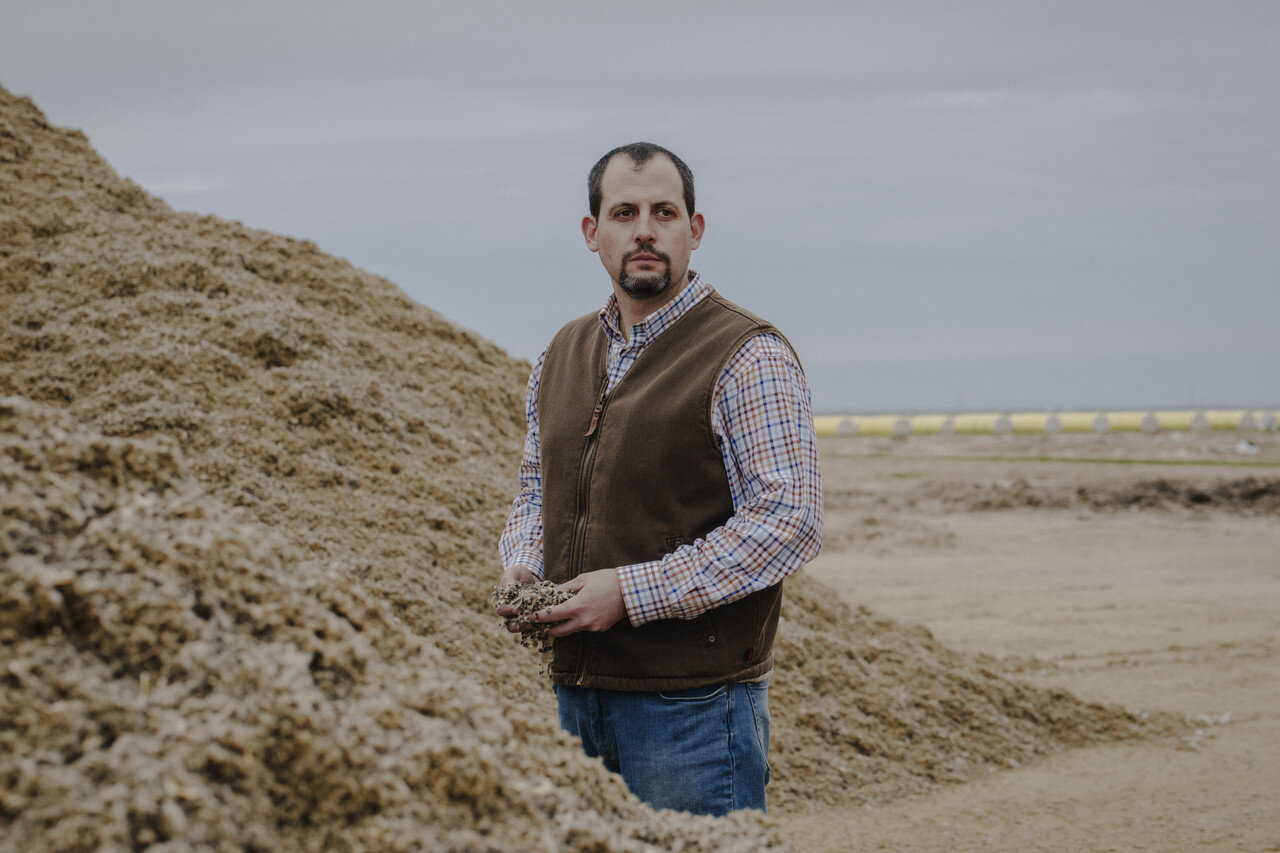
“There’s so much speculation right now. It’s really hard to tell what he is going to implement. Will there be a 20% tax? Who pays it? It just throws up a lot of question marks,” he said.
Under Nafta, which Mr. Trump has called “a catastrophe” for the U.S., the American cotton industry has enjoyed a steady market for its exports and Mexico has benefited from a ready-made market for its apparel, particularly denim.
It isn’t just cotton. Mexico is the biggest buyer of U.S. crops like corn and the third biggest market overall for U.S. agricultural exports, spending some $18 billion in 2015, according to the U.S. Department of Agriculture. Without Nafta, American farmers could face tariffs of up to 25% for some of their products.
Nearly 100% of Mexico’s cotton and yarn imports are from the U.S., according to the USDA, and the U.S. in turn relies on labor from the Mexican textile industry to produce U.S. apparel at a fraction of the cost.
Growers said they are worried that more stringent immigration policies will make it harder to find workers.
Field crops like cotton rely heavily on both legal and illegal laborers from Mexico, according to a USDA survey of farm workers. About 22% of labor used in field crops is unauthorized, mostly from Mexico.
Employers along the U.S. cotton supply chain are required to check that a worker has a social security number and paperwork authorizing them to work in the U.S., but they aren’t required to investigate an employee’s status beyond that.
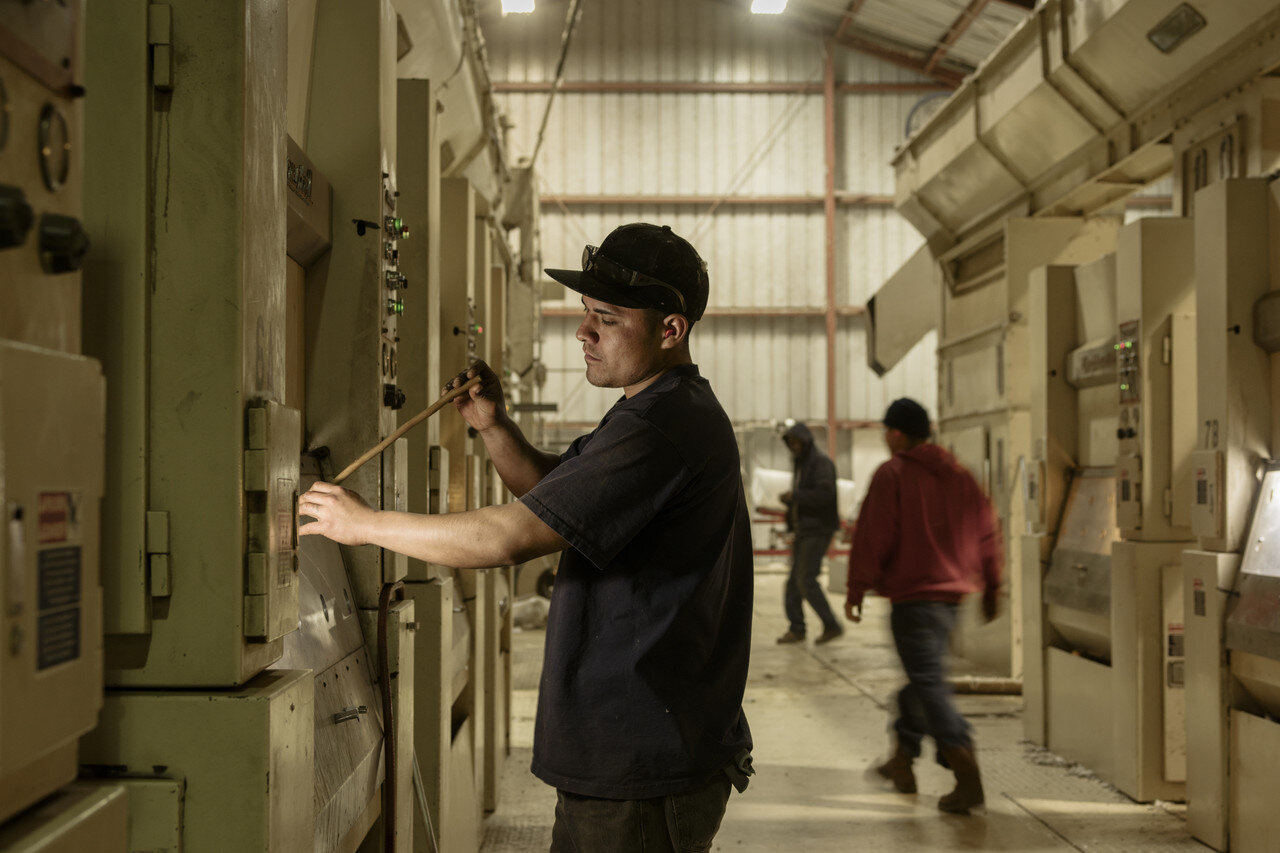
Mr. Trump’s policies are aimed at bringing jobs back to the U.S. Chief among them are manufacturing jobs like those in the apparel industry. In the U.S. economy, cotton doesn’t carry the heft of other industries. The output of America’s farms, including cotton and other agricultural commodities, contributes just 1% of gross domestic product, according to the USDA’s economic research service.
The most labor-intensive part of building a pair of jeans—the cutting and sewing—is cheaper in Mexico and those jeans can be reimported into the U.S. under Nafta without penalty.
The result is that 98% of garments sold in the U.S. are imported, according to Cotton Inc., the research and marketing arm of the U.S. cotton industry. The main ingredients tend to be produced in the U.S., in mostly automated factories with high-speed looms, multimillion-dollar dye printing machines and relatively few workers.
“In the early ‘90s, one by one, the apparel plants started going by the wayside, particularly when Nafta kicked in,” said Jack Mathews, who worked out of New York for 16 years for an American Cotton Growers denim mill that was based in Littlefield, Texas.
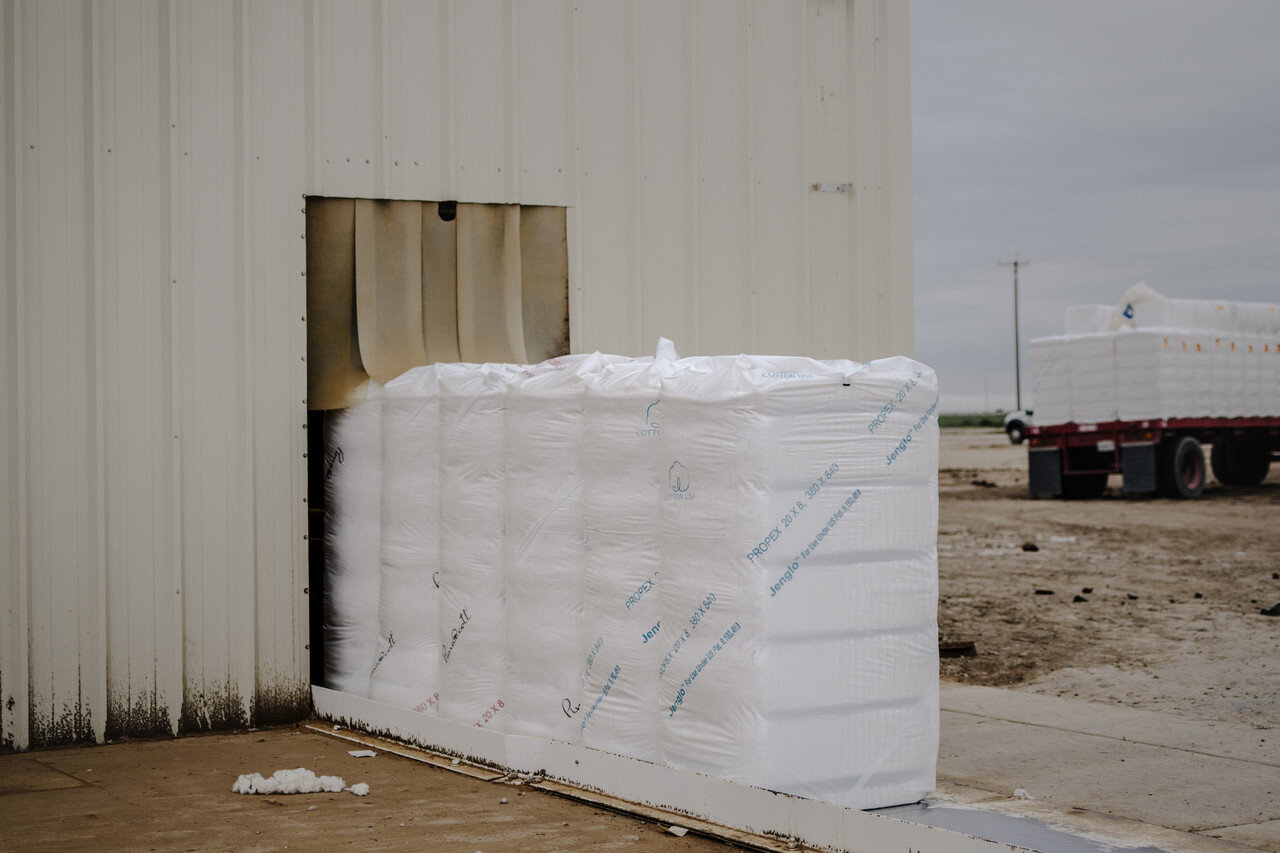
When a private-equity firm closed the mill in 2015, nearly 350 employees in Littlefield lost their jobs. It was Littlefield’s largest employer.
Today Mr. Mathews is based in New York as director of sales and marketing at Artistic Denim Mills Limited, a company based in Pakistan. He says bringing apparel manufacturing back to the U.S. is a fantasy.
“Some other Asian country would be a beneficiary,” he said.
Mr. Michael, the cotton grower, echoes that sentiment. “People think the textile industry is going to see some kind of resurgence and become competitive again world-wide? I don’t see that happening,” he said.
